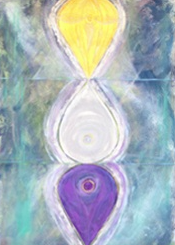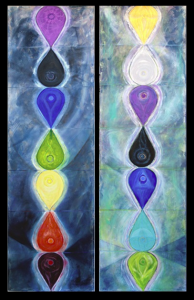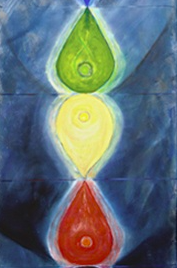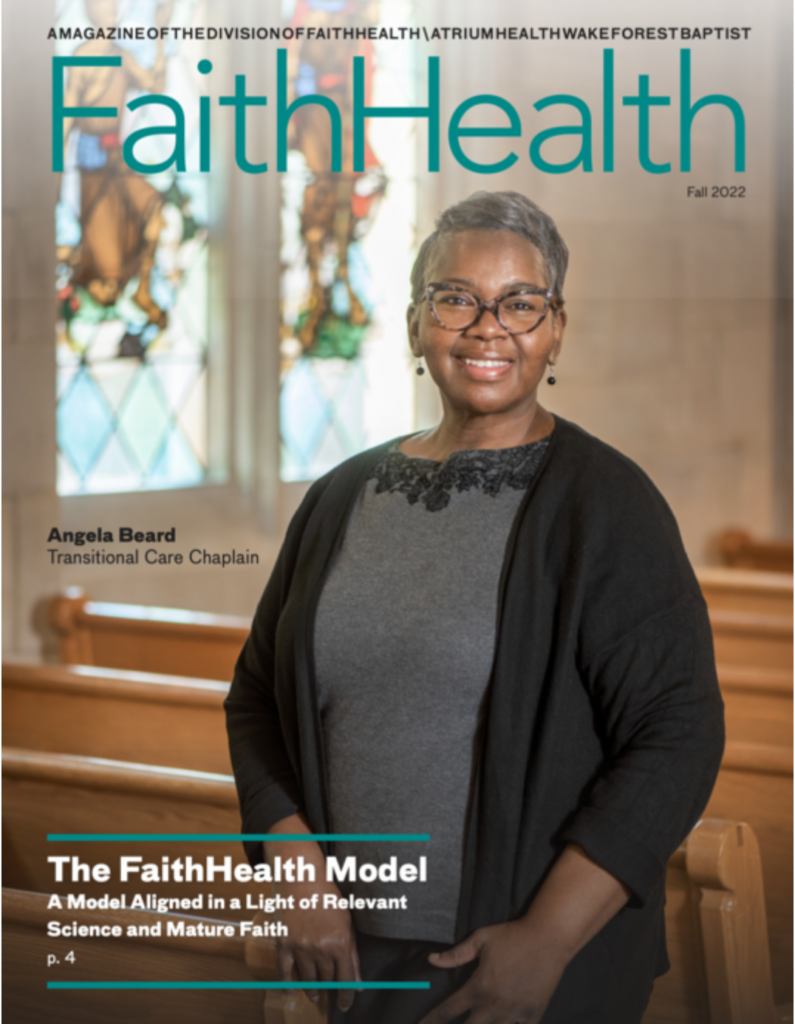By Gary Gunderson
The work of leaders is to align the assets within their influence in light of their most mature faith and most relevant science. Those of us working within the wide field of health are primarily guided by the health sciences. But we constantly struggle with the issue of which stream of fast-moving science is most relevant to help us see the challenges and, opportunities of the day.
Just look out the window
I remember an early morning executive meeting in Memphis. We were dazzled by the astonishing imaging technologies that made it possible to see a blood clot in real time in all three dimensions with such precision that a surgeon could confidently cut and sew and save a life otherwise hopelessly beyond reach. But the technology cost roughly three bazillion dollars. It would be relevant to about 100 people a year in the entire region.
Meanwhile, the causes of most strokes in Memphis, the stroke capital of the universe, affecting hundreds of thousands of people remained out of view and out of reach. All you had to do was look out the window at the mean streets filled with poverty, terrible education and yummy but deadly food. The relevant science was not shiny, but gritty; not electrical but interpersonal; preventive, not surgical. Ask any surgeon what they would have said to one of their stroke patients 10 years before they met them in the surgical suite and they’ll tell you.
Towards health and wholeness
And what about the “mature faith” part of the equation? Who gets to say what that means? Ask someone mature in their faith—any faith—and you’ll see the same fruits of what must be the same spirit: kindness, gentleness, compassion, moderation and respect for all the gifts of a loving God. These virtues lead toward health and wholeness, not just of the self, or family or particular religious tribe, but also for the thriving of the whole world that God so loves.
Relevant science points upstream and does not wait for heroic and exotic treatments. Mature faith points to the miracle of compassion beyond blood and ideological ties. Both faith and health humble us as they expose the radical gap between the way our communities are today and what they could be. That gap is what keeps faithhealth leaders up late in the night and wakes us up early eager to take another step in the right direction; to do our work.
Many systems
 This all sounds impossibly noble, but it is as practical as a manhole cover in the street. I am not talking about connecting things that are not already connected but bringing into alignment things that are poorly connected. Just follow any one of your most problematic patients or clients for a month and you’ll find they—and thus you—are part of many systems that seem to exist in different time zones when in fact they—we—are entirely bound together through the lives of those who need us.
This all sounds impossibly noble, but it is as practical as a manhole cover in the street. I am not talking about connecting things that are not already connected but bringing into alignment things that are poorly connected. Just follow any one of your most problematic patients or clients for a month and you’ll find they—and thus you—are part of many systems that seem to exist in different time zones when in fact they—we—are entirely bound together through the lives of those who need us.
Follow your patient to the sidewalk and you’ll find them dealing with the food system, the drug store system, the electric company system, the gas company and the bus line system. Even the short-term success of your medical system is determined entirely by those other systems. The long-term success—measured in community level data on cancer, or infant mortality rates—are even more dependent on others’ systems. In the same way, they are dependent on you. Imagine trying to run a homeless shelter amid today’s barbaric lack of mental health access. The failure of our health system, which should obviously include highly accessible mental health as a first building block, makes the functioning of every other system related to distressed and traumatized people almost impossible.
The work is mundane most days, involving committees with incomplete data and confused agendas; conflicting budgets and perverse competition. This work takes place in the boundary zones, the places in-between clear authority and accountability. It is not hard to see the problems, which are usually extremely clear. It is harder to see what we have to work with, our assets. The daily labor of faithhealth leaders is to find the ways and means to bring those assets always owned and fed by a multiplicity of partners into an alignment where their combined affect can do the good that science and our highest values ask.
Assess and align assets
 Most community assessments focus on needs. Indeed the government now mandates a “community needs assessment” and fines hospitals that do not do them and do not show some evidence of paying attention to them. We are not currently required to do what really matters: assess the assets, discern what we have to work with and animate the energy, vision and moral purpose to push to the very edge of what they make possible. The focus on needs inevitably makes competitors out of sad news, making us titrate our attention between diseases and pathologies, focusing our fears, not our hopes or intelligence.
Most community assessments focus on needs. Indeed the government now mandates a “community needs assessment” and fines hospitals that do not do them and do not show some evidence of paying attention to them. We are not currently required to do what really matters: assess the assets, discern what we have to work with and animate the energy, vision and moral purpose to push to the very edge of what they make possible. The focus on needs inevitably makes competitors out of sad news, making us titrate our attention between diseases and pathologies, focusing our fears, not our hopes or intelligence.
A focus on assets does the opposite. It holds us accountable to the strength and possibility. But in every case those assets are not found merely on the margins of what is left over after we do our main separate work. “Community benefit” in the law is confined roughly to the amount that a non-profit might pay in taxes, if they were profitable; so if you have no margin, you owe no benefit. Focusing on assets, not margin, brings the whole organizational body into view and asks a more radical question worth asking. What if we organized our whole selves so that together we achieved what science and values asked of us—together?
I know of no city or community of any size that has ever asked that simple question with the clarity that our technology and information systems today makes possible. The closest, perhaps, was the 1986 “Closing the Gaps” conference the Carter Center and CDC convened to ask how much of the then current burden of premature death was preventable based on what was already known. The answer then—a quarter century ago—was about two-thirds. The major gains in health science, especially pharma, early imaging, social determinants and “predictive genomics” would push that number closer to eight in ten deaths.
Align assets: what we do together
Then as now the question is, who or what assets are relevant to making that science fully present in the lives most likely to experience that premature and morally scandalous death? Those assets include the obvious ones in institutions called “health” such as hospitals and public health agencies. But the question radically broadens our view of what a relevant asset might be: faith institutions, of course (the 1986 question birthed the at The Carter Center), but also the whole panoply of social support, aging and community development organizations from food to jobs and everything the United Way ever thought about, and much they were too timid to think about (for example, Moral Monday in North Carolina).
Since the 1980s an entire field has emerged with the tragically flawed language of “social determinants.” If we really thought everything was determined, you wouldn’t be reading this and I sure wouldn’t be writing it. In fact, the range of social factors that influence, mold, inspire and provoke the journey of our lives is complex and highly adaptive. It is the very last thing from rigid and predictable. The “social factors”—what we do together—is our opportunity. Our greatest assets by far are social. It includes all the ancient and modern ways of connecting to find and hold up meaning, hope and possibility: ritual, song, prayer, worship and twitter. These social arts are the greatest and most hopefully disruptive assets for health. And they are how we animate and align the more concrete ones like money, machines and institutions.
When you get the question right, the scale of the assets, not the problem becomes the organizing opportunity. There are too many things that matter, too many languages governing too many different ways of turning the energy of the complex systems called communities in the direction of life and wholeness. Nobody can possibly be in charge of it. But many of us can lend our voice, budget and logic and hands to influence. The prophet Amos spoke of justice rolling down like mighty waters, an image more like the springtime floods of thawed rivers than the garden hose our timid committees think about.
Gary Gunderson is Vice President of FaithHealth at Wake Forest Baptist Medical Center and co-leader of the Stakeholder Health Secretariat.
Painting by Libba Davis.

